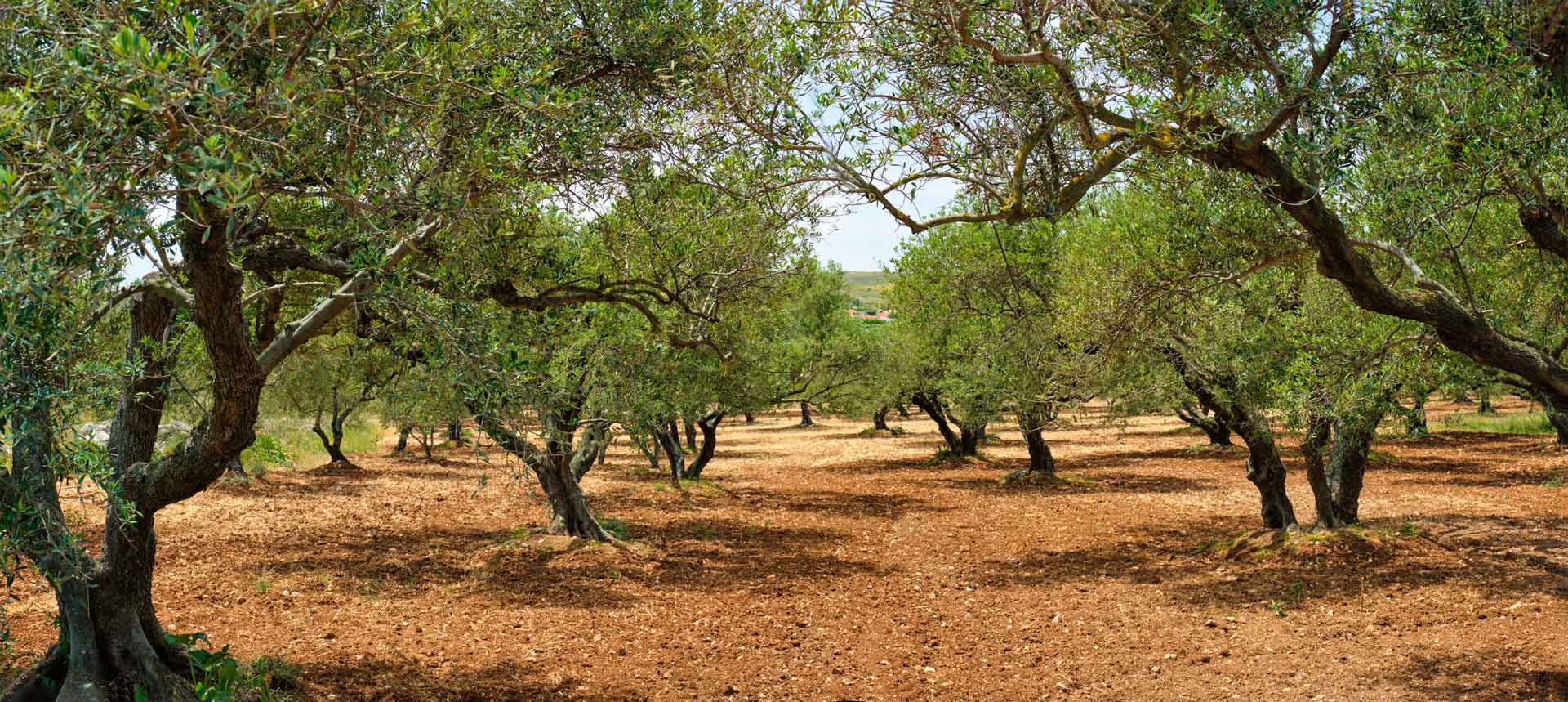
Olives in Crete
The "Cretan olives" are known worldwide for their excellent quality and unique taste. Crete, the largest island in Greece, has a long tradition of olive growing and the olives from there are considered to be of particularly high quality, especially the famous "Kalamata olive" and the "Tsounati olive". Olives from Crete are prized not only for their intense flavor, but also for their health benefits, which are due to the high concentration of monounsaturated fatty acids and antioxidants.
Mother of the Olive
The term "mother of the olive" often refers to a particularly robust and long-lived olive tree species or variety. Sometimes this term is used metaphorically to describe an olive tree that has come from a particularly old or significant line of olive trees. In Crete, many olive trees have grown for centuries and in some cases have historical significance. Some of these trees are over 1000 years old and are considered a symbol of the region.
Quality of Olives
The quality of olives depends on several factors, including the variety, the growing area, the climate, harvesting methods and processing. In Crete, special emphasis is placed on sustainable agriculture and organic farming methods. Cretan olives are known to be less bitter as they are usually harvested early and carefully processed. Olive oil flavor varies by region and variety and can range from mild to spicy. One of the largest continuous growing areas is the Messara plain south of Heraklion, which stretches to the towns of Matala and Pitsidia on the south coast of Crete.
The high-quality Cretan olives are characterized by their excellent olive variety, high content of monounsaturated fatty acids, and a variety of polyphenolic compounds that provide health benefits. These olives are often processed into extra virgin olive oil, which is known for its purity and nutritional benefits.
Olive Harvesting
The olive harvest in Crete usually begins in October to December, especially in the countryside where almost everyone is the proud owner of a sizeable number of olive trees.
Harvesting time is crucial as it affects the taste and quality of the olive oil. Early harvesting results in a stronger taste and higher antioxidant content, while later harvesting makes the oil milder and less bitter. In many regions, olives are harvested manually to avoid damaging the trees and the fruit. This is especially important for high-quality olives, as mechanical harvesting often results in damage that can affect the quality of the final product.

Overall, Cretan olives and the olive oil made from them are an important part of Greek culture and economy, offering excellent taste and health benefits. For example, heart disease has been proven to be significantly less common.
The olive harvest in Crete is an important part of the island's agricultural tradition and includes various methods of harvesting the olives. There are two main types of harvesting: manual and mechanical. Manual harvesting involves picking the olives by hand, which is a very labour-intensive and physically demanding activity. Workers often have to climb or bend down in the trees to reach the ripe olives. This method can take several weeks to complete, depending on the size of the olive grove and the amount of olives to be harvested.
An increasingly popular method is mechanical harvesting, which uses shakers. These machines shake the trees so that the olives fall down and are collected onto nets or in containers. The use of shakers can significantly reduce harvesting time and reduce the physical strain on workers.
The yield per tree varies depending on the tree species, age and care. On average, an olive tree can produce between 20 and 100 kilograms of olives every other year. These yields are crucial to the local economy and the production of high-quality olive oil that is so characteristic of Crete.
Olive oil production
To produce the coveted olive oil, the olives are transported to the oil mills as quickly as possible after harvesting to avoid oxidation and spoilage. Fresh olives are crucial to the quality of the final product. At the oil mill, the olives are cleaned to remove leaves, twigs and other impurities. The cleaned olives are then crushed to produce a paste. This is done traditionally with millstones or modern crushing machines. The olive paste is then pressed to separate the oil from the solid mass. There are several methods, including "cold" pressing, which is particularly valued as it preserves the oil's aromas and nutrients. After pressing, the oil is separated from water and solid components. This can be done by decanting or centrifuging. The olive oil obtained is stored in dark, airtight containers to protect it from light and air, which could affect the quality. Finally, the olive oil is bottled and is ready for sale. High-quality olive oil is often offered in dark glass bottles to preserve its quality.
